You can customize heart rate zone alerts by accessing your device’s workout settings and steering to the alerts section. On Apple Watch, open the Workouts app, select your activity, tap the three-dot button, choose workout goals, then select heart rate alerts. For Garmin devices, go to Alert Settings within your activity menu to define custom zones and notification types. Samsung Galaxy Watch users should access heart rate settings through Samsung Health to adjust thresholds. These personalized alerts will help you target specific training zones and optimize your workout intensity for better results.
Understanding Heart Rate Zones and Their Applications

Before you can customize heart rate zone alerts effectively, you’ll need to understand how the five primary zones work and what they accomplish for your fitness goals.
Zone 1 (50-60% max heart rate) supports recovery and gentle movement.
Zone 2 (60-70%) builds your aerobic base through fat oxidation and enhanced capillary density—this is where you’ll spend most endurance training time.
Zone 3 (70-80%) develops stamina through sustained moderate effort, typically lasting around 30 minutes.
Zone 4 (80-90%) shifts into anaerobic territory, perfect for interval training and boosting lactate threshold.
Zone 5 (90-100%) delivers maximum power but only for brief sprint intervals.
Each zone triggers specific physiological adaptations that contribute to your overall fitness development. Effective workout plans should incorporate varied intensity levels by including short intense sessions alongside long light workouts for balanced training.
Setting Up Custom Heart Rate Alerts on Apple Watch
While Apple Watch automatically calculates heart rate zones based on your age and fitness data, you’ll get better training results by setting up custom alerts that match your specific workout goals.
Start by opening the Workouts app and selecting your cardio workout type. Tap the three-dot button for additional options, choose your workout goal, then tap the pencil icon to access settings.
Access workout settings by opening the Workouts app, selecting your cardio type, tapping the three dots, then the pencil icon.
Navigate to the Alerts section and select Heart Rate as your alert type. You can choose which zone triggers notifications, though only one zone alert works per session.
For manual zone adjustment, go to Settings > Workout > Heart Rate Zones, tap Manual, and edit the upper and lower limits for zones 2, 3, or 4. Keep in mind that you’ll need to adjust settings for each workout type individually if you want different heart rate configurations across various activities.
Configuring Heart Rate Zone Notifications on Garmin Devices
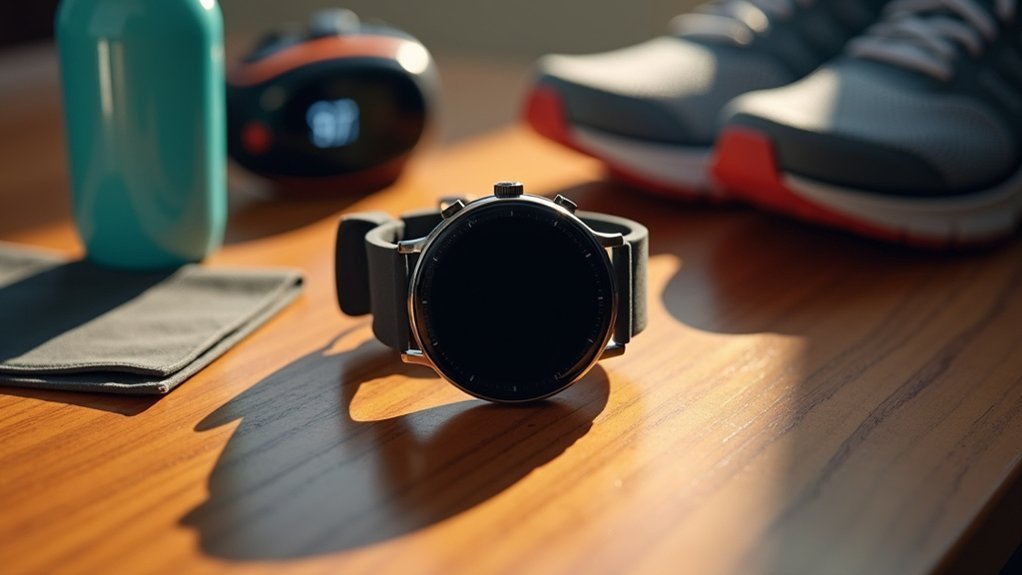
Garmin devices offer more granular control over heart rate zone alerts compared to many other fitness wearables, letting you customize notifications for specific BPM ranges or predefined zones across different activity types.
To configure your heart rate zone notifications:
- Access Alert Settings: Select your activity, navigate to the settings menu, and choose “Alerts” to begin customization.
- Define Custom Zones: Set your maximum heart rate, lactate threshold, and resting heart rate for accurate zone calculations using BPM, %MHR, %HRR, or %LTHR.
- Choose Notification Types: Select visual, audible, or vibration alerts based on your preference and workout environment. Your device will provide immediate feedback whenever you exceed or drop below your target heart rate thresholds during activities.
- Create Activity-Specific Profiles: Establish different heart rate zones for running, cycling, and swimming to match each sport’s intensity requirements.
You can also manage these settings through Garmin Connect for seamless synchronization across multiple devices.
Customizing Alerts on Samsung Galaxy Watch and Other Wearables
Although Samsung Galaxy Watch devices don’t offer the same level of granular zone customization as Garmin, they provide straightforward heart rate alert configuration through Samsung Health that covers essential monitoring needs.
To access heart rate settings, swipe up on your Galaxy Watch to reach the Apps menu, then open Samsung Health. Navigate to Settings and tap Heart Rate to verify tracking isn’t set to Manual. You’ll find the Heart Rate Alert section with configuration options.
| Alert Type | Default Threshold |
|---|---|
| Low HR Alert | 40 BPM |
| High HR Alert | 120 BPM |
| Custom Range | Your Choice |
Both high and low alerts are enabled by default. You can toggle these switches off if desired, or tap each option to customize thresholds using swipe gestures. Your watch will vibrate and display notifications when criteria are met. The watch provides alerts to help you maintain your target heart rate zone during workouts.
Maximizing Workout Efficiency Through Personalized Zone Monitoring
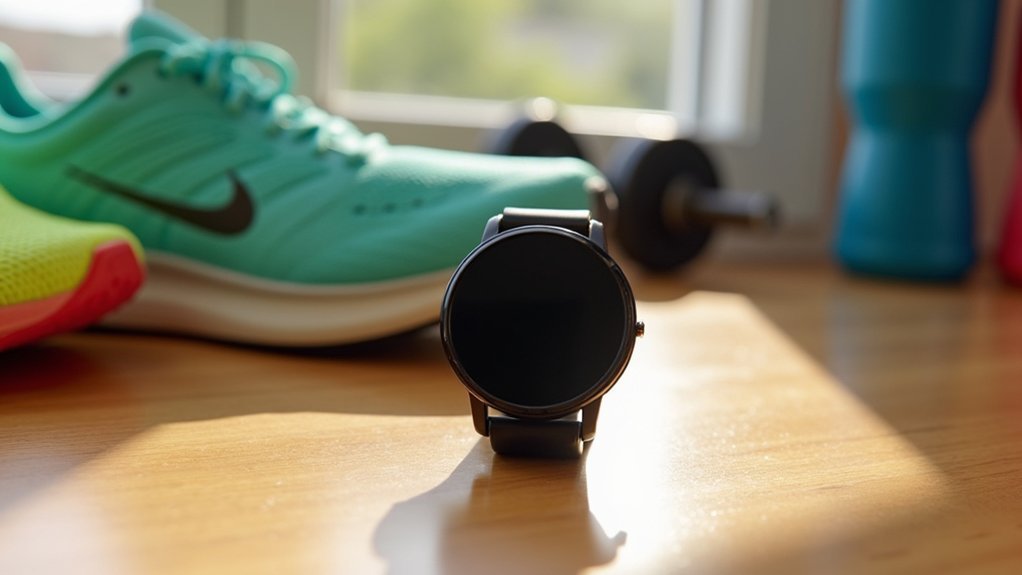
Once you’ve configured your heart rate alerts properly, you can leverage this monitoring capability to transform your workouts into precision-guided training sessions.
Personalized zone monitoring guarantees you’re targeting specific physiological adaptations rather than guessing at intensity levels.
Transform guesswork into precision by targeting exact physiological zones instead of relying on perceived effort alone.
Your customized alerts enable strategic training through:
- Zone-Specific Targeting – Stay in Zone 2 for fat oxidation or push into Zone 4 for anaerobic capacity development
- Real-Time Adjustments – Modify intensity immediately when alerts indicate you’ve drifted from your target zone
- Progress Tracking – Monitor how your heart rate responds to consistent workouts over time
- Recovery Optimization – Use Zone 1 alerts to guarantee you’re truly recovering between intense sessions
This data-driven approach prevents plateaus, maximizes training adaptations, and helps you achieve specific fitness goals more efficiently than generic workout plans. Whether you’re an athlete who may have resting rates as low as 40 beats per minute or starting your fitness journey, these personalized zones accommodate your unique cardiovascular profile.
Frequently Asked Questions
Can I Sync Custom Heart Rate Zones Across Multiple Fitness Apps?
You can’t reliably sync custom heart rate zones across multiple fitness apps. Most platforms like Garmin Connect and Polar Flow have technical limitations, compatibility issues, and inconsistent data transfer that prevent seamless syncing.
Do Heart Rate Zone Alerts Work During Swimming or Water Activities?
You’ll find heart rate zone alerts work during swimming, though you’ll need a waterproof device. You should adjust zones 10-15 BPM lower than land activities since water temperature affects your heart rate response.
How Accurate Are Wrist-Based Heart Rate Monitors Compared to Chest Straps?
Wrist-based monitors you’ll find are less accurate than chest straps, especially during intense workouts. Chest straps use ECG technology that’s unaffected by light or moisture, while your wrist monitor’s optical sensors can vary considerably.
Will Medications Affect My Heart Rate Zone Calculations and Alerts?
Yes, medications like beta blockers will greatly affect your heart rate zone calculations by lowering your maximum heart rate. You’ll need to adjust your zones downward and recalculate alerts for accurate, safe exercise intensity.
Can I Set Different Heart Rate Zones for Different Times of Day?
You can’t automatically set different heart rate zones for different times, but you can manually adjust zones in apps like Garmin and Cadence based on your body’s daily variations.

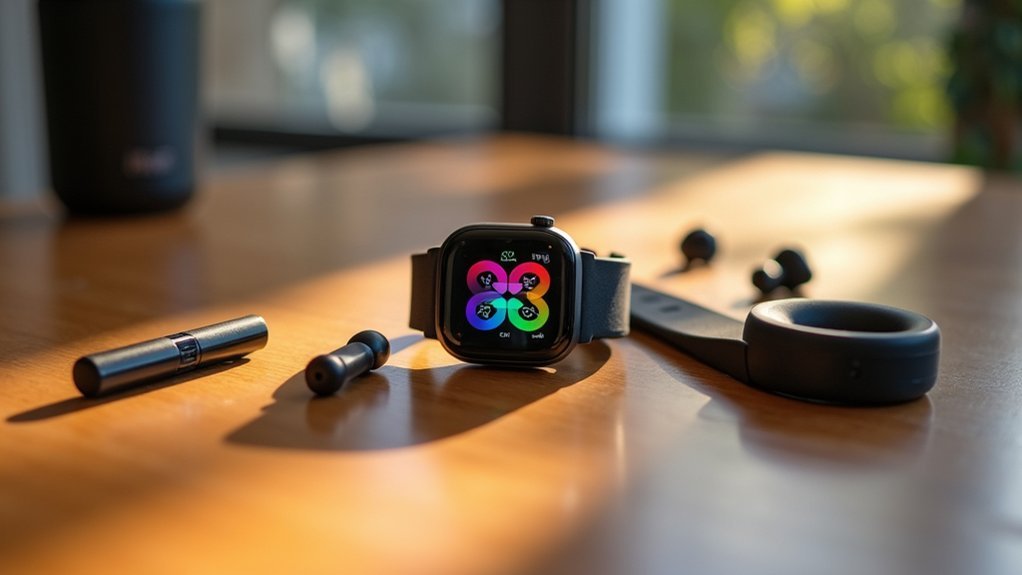
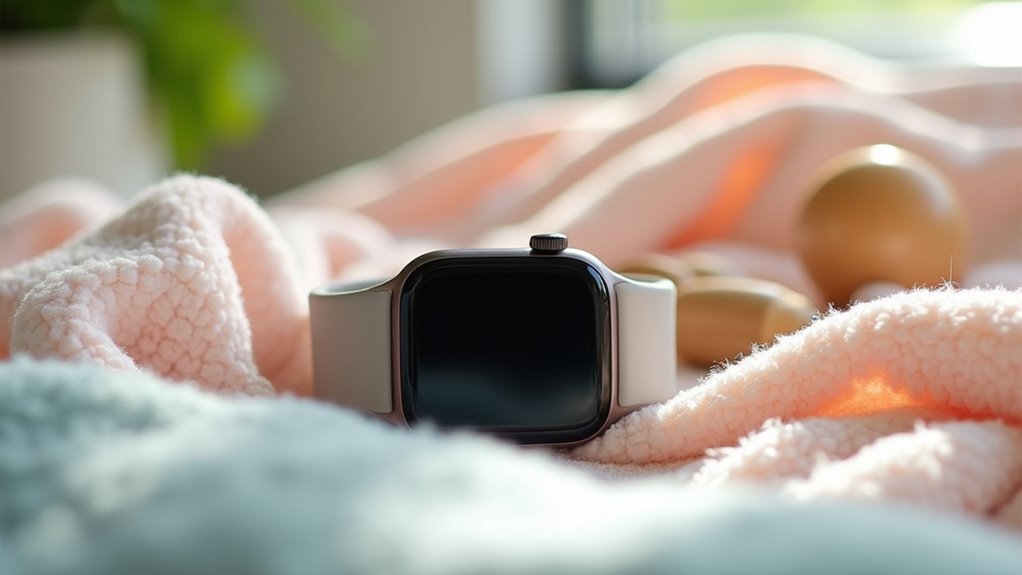
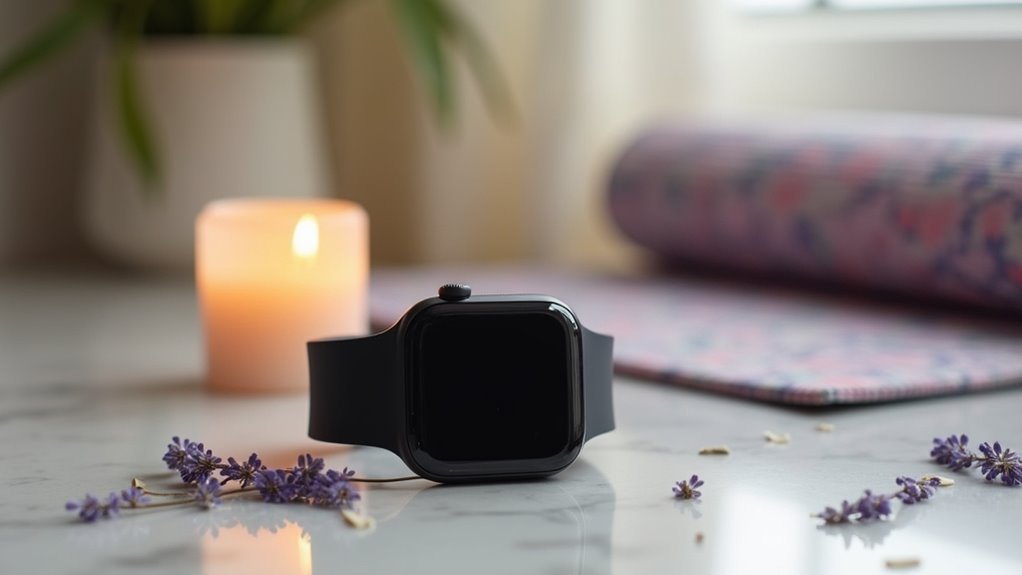

Leave a Reply